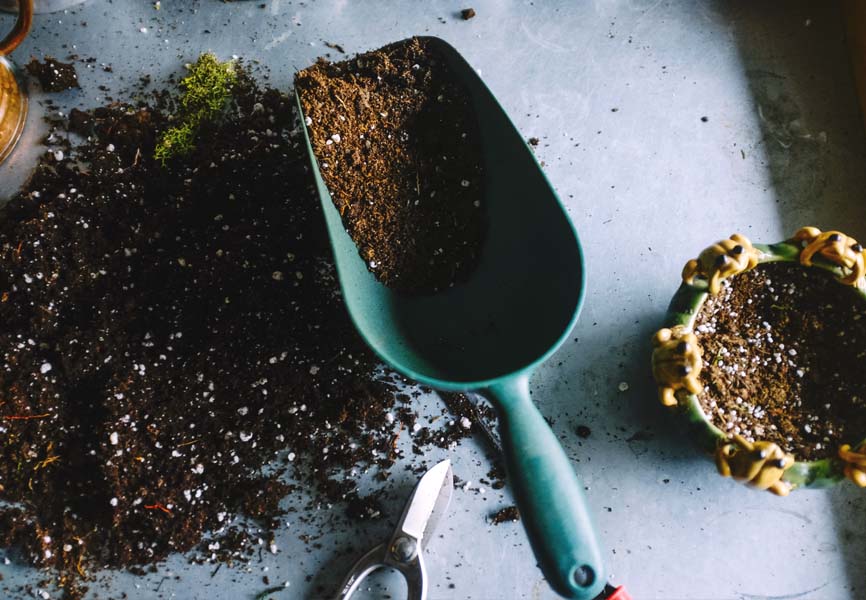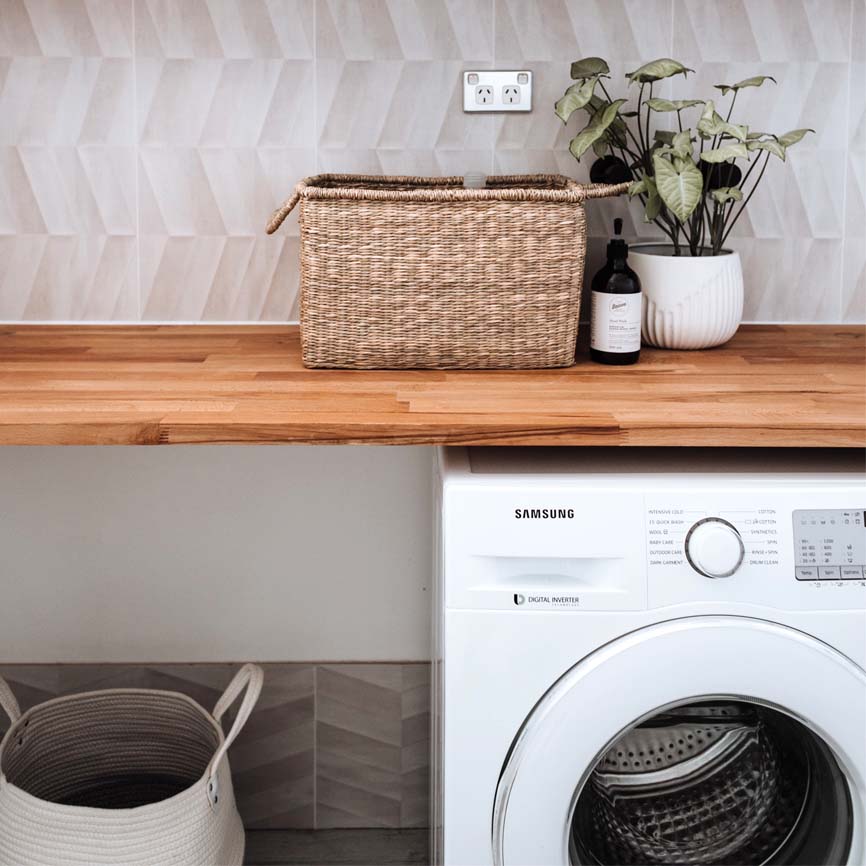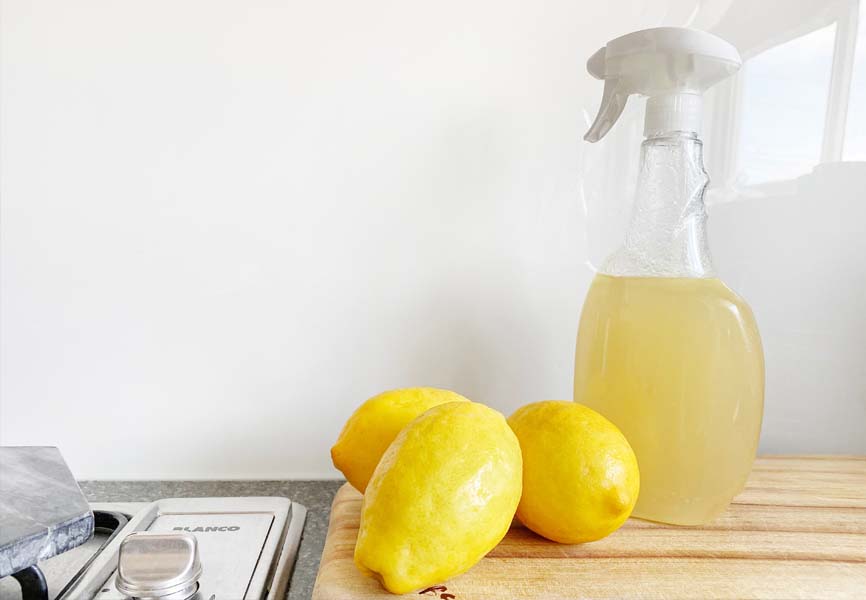7 small changes you can make at home to help the environment this Earth Day
Earth day is on April 22nd! It’s a day to celebrate the planet and show your support for protecting the environment. Earth Day is an important day to raise awareness about the interconnectedness of everything on this planet and the impact we have on it. Though we should continuously be doing what we can to prevent climate change and combat global warming, today acts as a reminder for us to take care of the planet, whether that be by recycling, planting trees, or doing community clean ups.
Here at Minto Communities, every day is earth day because we recognize that the planet is our first and most important home. Every day, we make a commitment to protecting this home for future generations by creating green developments and using sustainable building practices that preserve natural resources and reduce greenhouse gas emissions. Minto Communities offer green features and initiatives that minimize waste and improve the health of your home, in turn, improving your health as well. These include things like LED lighting, smart thermostats, rainwater harvesting, and enhanced insulation. Features like these help to make your home more comfortable, minimize waste, save energy and water, and even save you money. We also have built Net Zero Energy (NZE) homes, which are 80% more energy efficient than conventional homes and provide exceptional air quality by way of a built-in filtered fresh air system.
Our commitment to sustainability goes beyond just reducing our own environmental footprint. We want to build homes that allow you to live more eco-friendly, sustainable lifestyles because sustainability starts at home and in your neighbourhood. Here are some suggestions for small changes you can make right at home to help the environment and show your love for Mother Earth this Earth Day!
1. Eat more plants

Food production is one of the greatest contributors to greenhouse gas emissions with animal products specifically accounting for the majority of this. Eating a more plant-based diet will help to reduce your carbon footprint and preserve water and land since animal agriculture and production require large amounts of both to maintain.
If you’re not ready to go completely meatless, that’s okay! It’s about becoming conscious of how much meat you’re consuming and working to reduce the amount. You don’t have to jump headfirst into a plant-based diet. Even a small start, like doing meatless Mondays, will have a great impact.
2. Recycle and compost

Making an effort to recycle and learning how to recycle properly are incredibly important. Recycling reduces the need for landfills and helps to conserve natural resources. If you’re unsure of what is recyclable, you can always check with your region’s recycling guide. Along with recycling, composting is another effective thing you can be doing at home to reduce waste. Composting also puts good nutrients back into the soil, so if you have plants or a home garden, compost can act as fertilizer to help your plants grow!
3. Ditch single-use plastic

Plastic takes years and years to decompose fully and is known for wreaking havoc on the planet. Plastic pollutes our land and water, endangering many living species. Here in Canada, single-use plastic will hopefully soon be gone thanks to the single-use plastic ban. However, until then, you should still be trying to ditch single-use plastic in your own home and life. This means swapping things like plastic grocery bags, metal straws, and sandwich bags for reusable bags, straws, food storage containers, and water bottles.
4. Buy local produce
Buying locally-grown produce reduces air miles, helps to protect local land and wildlife, and makes healthy, fresh food more accessible. As a bonus, shopping local is also an amazing way to support your local, small businesses. You can find locally-grown food readily available at your neighbourhood farmer’s market or check out Ontario’s “Eat-Local” groups that promote local farmers.
5. Wash clothes in cold water

Most of the energy washing machines use goes to heating the water. However, the thing is, unless you’re washing whites or need to sanitize something to stop the spread of germs, it’s not necessary to use hot water for your laundry. Cold water does the job!
6. Make your own cleaning products

Many cleaning products you see on the shelves are filled with hazardous chemicals that are both harmful to the environment and our health. These pollutants can contaminate the air we breathe and the water we drink. Luckily, it’s very easy to make your own eco-friendly cleaning supplies right at home. You can whip up an environmentally-friendly, DIY all-purpose cleaner right now using natural ingredients you probably already have in your home.
7. Turn off the lights when you leave a room

Getting into the habit of turning off the lights when you leave a room is one of the easiest things you can do to save energy and it requires no effort at all! All you have to do is remember. Turning off the lights when they’re not needed can reduce carbon dioxide emissions and greenhouse gas emissions. To take it one step further, you can also unplug electrical devices, like phone chargers and toasters, when not in use because they are still consuming energy when plugged into an outlet.







